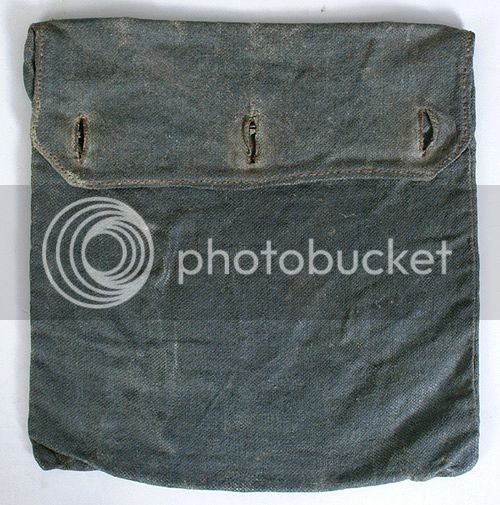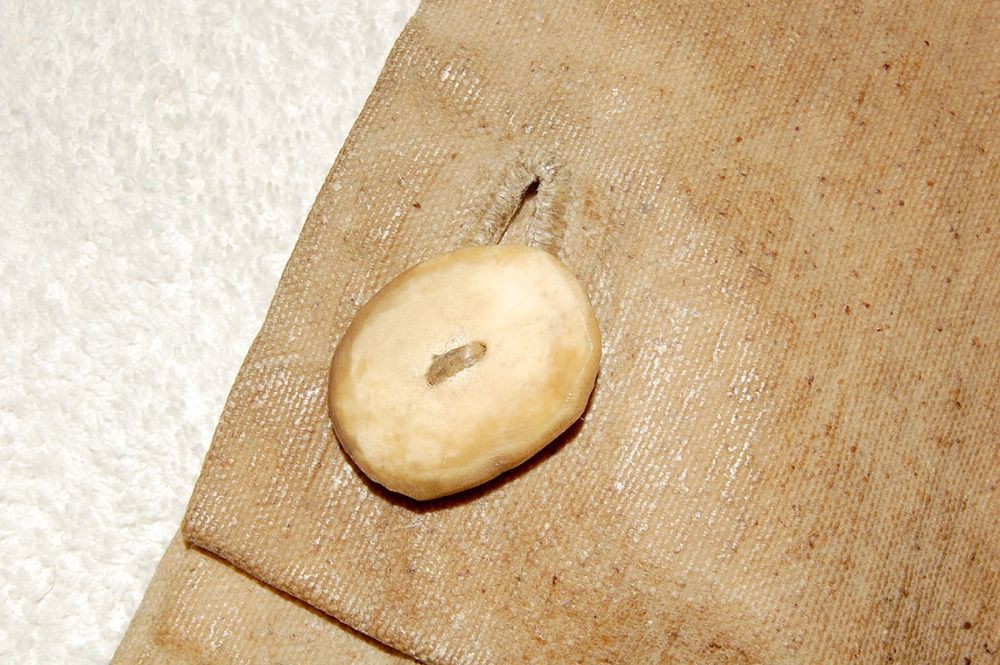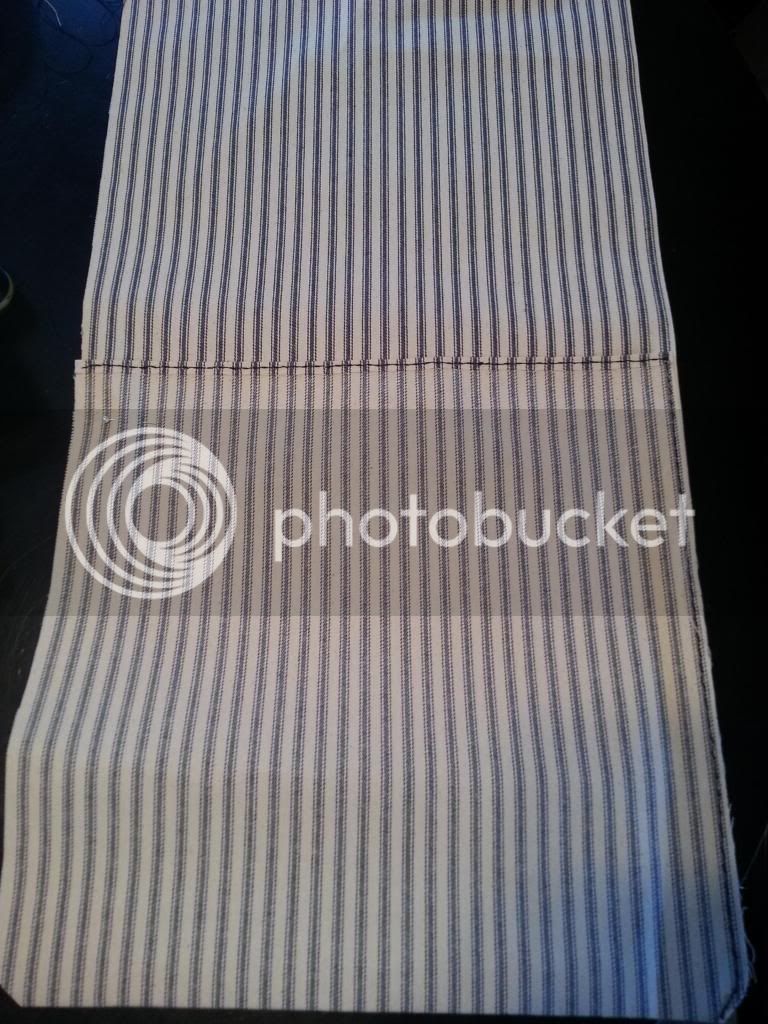A bit off topic in a discussion of buttons proper for a haversack, but maybe of interest... the various types of buttons mentioned in my collection of items from 18th-century newspapers:
mohair buttons
frosted buttons
brass hollow buttons
flowered buttons
brass buttons
large metal buttons
blue horn buttons
metal buttons
white metal work buttons
flat pewter buttons
flat metal buttons
stone sleeve buttons
sleeve buttons
death head buttons
wooden buttons
patterned sleeve buttons
lacquered buttons
bone buttons
box bottomed buttons
death head mohair buttons
white horn buttons
gold basket buttons
buttons covered with brownish cloth
flat silver buttons
the moulds covered with shalloon
broad metal buttons
yellow carved metal buttons
gilt buttons
yellow buttons
block tin buttons
pewter buttons
blue velvet covered buttons
kersey covered buttons
leather buttons
horn buttons
sliver sleeve buttons
white pearl buttons
black buttons
sarge red buttons, seemingly glass
plain silver buttons
hard metal flat buttons
curled brass buttons with wooden moulds
brass link buttons
crystal stone sleeve buttons
gold sleeve buttons
lead buttons
FYI, sleeve buttons are pairs of buttons linked together, similar to cuff links, and very commonly used for shirt sleeves in all classes in the 18th century.
And here's an 18th-century haversack from the Tom Wnuck collection, described as green linen. Unfortunately, it doesn't show the buttons, but they were obviously large ones, judging by the buttonholes.

Spence








